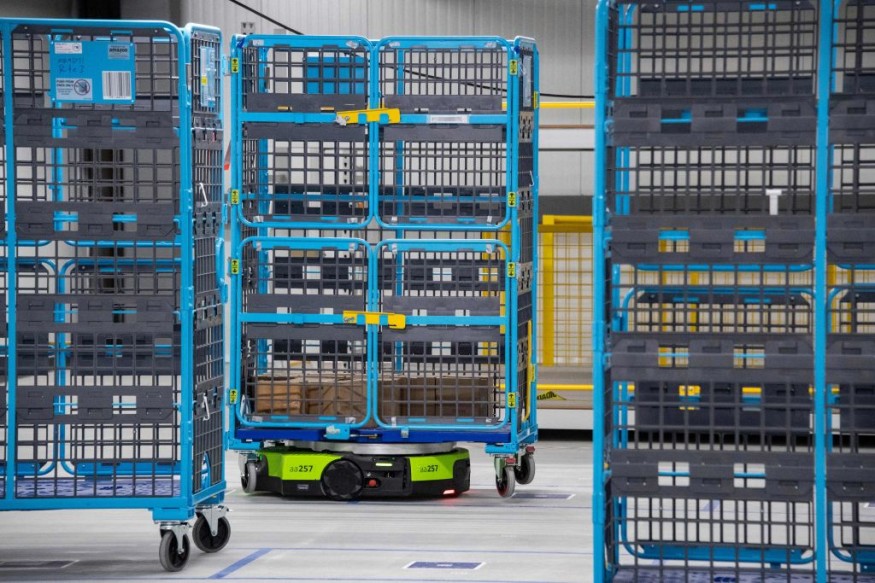
As a commercial real estate owner, you may have come across the term "flex space" or "flex property." This type of real estate has grown in popularity in recent years as businesses look for more cost-effective solutions to their operations.
But what exactly is a flex property, and how good of an investment is it? In this article, we will go over how a flex space works and discuss the advantages and disadvantages of investing in it over a traditional office space.
What Is a Flex Property?
In loose terms, the term "flex space" can be used to define any building that uses elements from two different types of spaces. Buildings that have a combination of warehouse space and office or retail space fall under this category.
In most cases, a flex space has a highly flexible floor plan with larger common area amenities and higher ceiling heights-typically around 14 to 16 feet tall. In addition, flex spaces often come with advanced infrastructure and features, such as internet connectivity, large parking capacity, and storage solutions. These infrastructures are either built-in or can be retrofitted quickly.
There are plenty of businesses that lease flex spaces, with the most common ones being e-Commerce fulfillment centers, small-scale manufacturers, research and development facilities, and food and beverage production companies.
Why Should You Invest in a Flex Property?
Flex properties offer a number of advantages over traditional commercial spaces. For starters, it is fully customizable. This means tenants can design the space to suit their specific needs while still leaving room for expansion and contraction. Tenants can also choose to lease the entire space or just certain areas of it.
Flex properties typically come with lower rental rates, making it a cost-effective option for businesses. The space can also be designed to combine office and warehouse space, which reduces the overall operation costs for businesses, making flex properties an attractive option.
Disadvantages of a Flex Property
As with other types of investments, flex properties come with their own set of disadvantages. First, businesses renting flex properties are limited to expanding within the same property. This means they would need to relocate if they outgrow the available square footage.
Flex properties may also require higher maintenance expenses from owners, especially because there are two or more areas needing upkeep.



